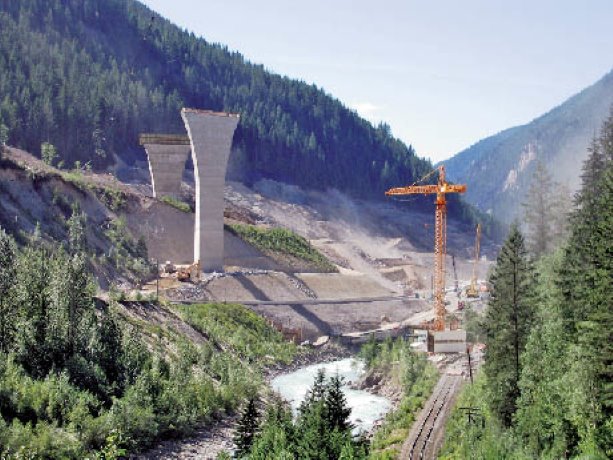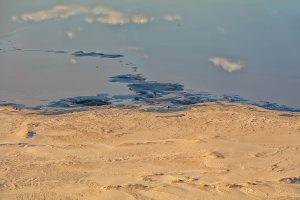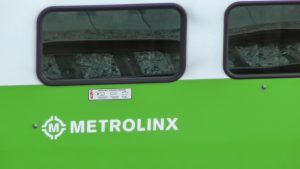The 2.9-kilometre road tunnel is also the first to be built in Canada for over 40 years.
KICKING HORSE CANYON
Correspondent
Vancouver
A proposal for the longest road tunnel in North America has been included in the Phase III preliminary design of the Kicking Horse Canyon Project (KHCP).
The 2.9-kilometre road tunnel is also the first to be built in Canada for over 40 years.
While funding for the third leg of the KHCP project, which is a joint federal and provincial initiative, has still to be committed, the industry’s undertaking of the road tunnel is expected to attract international attention. “It’s a very significant project in North America,” says Dean Brox, P.Eng of Hatch Mott MacDonald in Vancouver, one of the engineers working on the KHCP tunnel project.
Once the project begins, says Brox, other engineering and construction firms will be watching to see how B.C. deploys technology and building expertise.
Proposals for the 17.3 kilometre third phase of the KHCP and the road tunnel being proposed were laid out in a document presented to the Tunneling Association of Canada (TAC) during its September conference held here.
Representatives from three B. C. engineering firms made the presentation. They were Brox, Steve Bean and Paulo Branco of Thurber Engineering Ltd. of Victoria and Mississauga, Ontario, and Terry Coulter of Coulter Consulting Limited in Victoria.
The KHCP consists of upgrading 26 kilometres of the Trans-Canada Highway in B.C. from the town of Golden to the western boundary of the Yoho National Park to a modern four-lane standard. The first phase, replacing the Yoho Bridge was completed in 2004, and the second phase is a major cut-through of rock to a depth of 80 metres and it will be complete in 2007.
The work is being done by Trans-Park Highway Group, made up of a number of international firms such as Bilfinger Berger BOT Inc., Flatiron Construction Canada, Parsons Overseas Company of Canada, HMC Services Inc., and a number of B.C. consultants.
The third phase is anticipated to begin in 2008, which will upgrade the remaining stretch west from the Yoho Bridge to Golden and east of the second phase.
It will consist of the longer, 2.9 kilometre tunnel as well as several shorter, one-kilometre tunnels. By international standards, the tunnel is not considered long but in North America road tunnels are not common.
Brox says that tunnel roads are “significantly” more expensive to construct, but KHCP’s mountain terrain makes it difficult to opt for conventional roadbuilding options. “Other alternatives are just not considered feasible because of the railway below and the steep terrain,” he says.
The elevation of the canyon section is approximately 1,000 metres above sea level with steep walls flanking the current highway while on the other side, the bank drops down to Kicking Horse River and the CP Rail Line located on the lower slope of the canyon. Conventional road-widening of the two-lane highway would cause traffic delays, make it difficult to control blasting debris which could impact on the rail line below, and also trigger rock slides.
Thurber is providing geo-technical support on the preliminary design, says Bean. “We are drilling test holes in the rock and doing the investigation to try to figure the best route (for the tunnel),” he says.
The geography of the area is “difficult” and full of faults, fractures and folds. “We have ruled out a lot of areas,” he says, adding the search for the tunnel route is now being narrowed.
According to the paper presented at TAC which covers the tunnel alignment, “there are two preferred alignment options referred to as the NB-2 and NC-2 alignments.”
The NB-2 alignment comprising the longer tunnel deviates northwards below a sharp ridge known as Frenchman’s Ridge and passes under Dart Creek Valley, a 400 metre wide U-shaped glacial valley. The NC-2 route consists of a number of shorter tunnels connected together and cutting through a number of bluffs and canyons.
Both tunnel routes are being explored, says Bean, adding that drilling to find the best geology has been going on since 2004. He says that because contracts will be put forward for RFP in the future when the federal and provincial government reach accord on the next leg of the KHCP funding, he can not say whether one or both two tunnels routes will be the preferred method.
However, he says, it is standard practice in other countries to have two tunnels as a safety measure. The tunnels are usually connected with emergency exits so motorists, in the event of an accident that results in a fire, can escape on foot to the clear side of the tunnel. Some tunnels also feature refuge sites where food and oxygen is kept in the event of a disaster that traps individuals.
Currently, both traditional design-bid-build and design-build-finance-operate have been used for the first two phases of the KHCP and are being considered for the third phase.











Recent Comments
comments for this post are closed